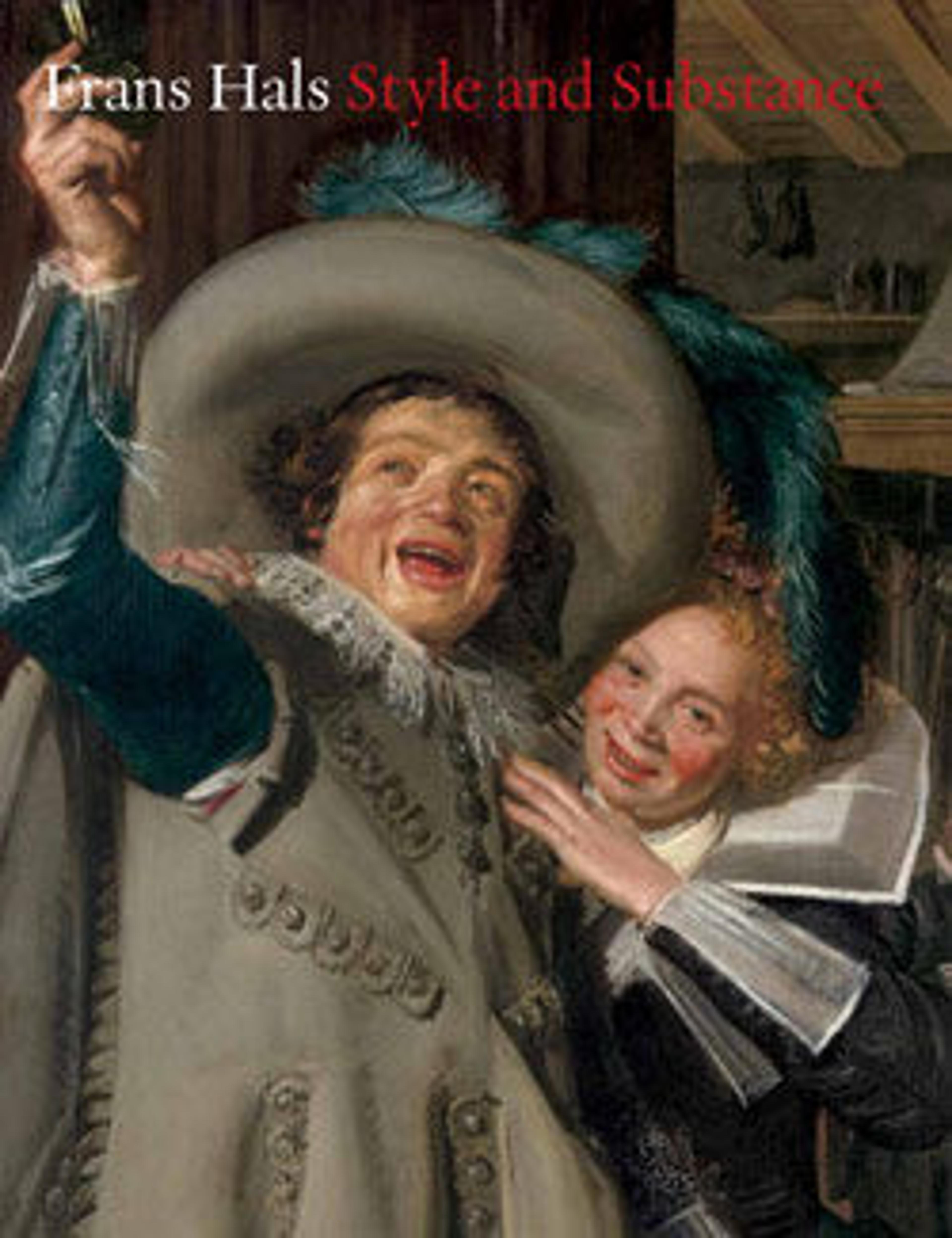Malle Babbe
In 1872 Henry James described the painting as "dashed upon the canvas by a brush superbly confident." Hals's authorship has been discounted since the 1880s but the picture must be by a close follower, and is based upon Hals's Malle Babbe of the early 1630s (Gemäldegalerie, Staatliche Museen, Berlin) or a lost version of that composition. The title comes from an old inscription on the back of the Berlin painting and may be the nickname of a Haarlem personality. In the seventeeth century, owls were often associated with fools or vulgar behavior. A Dutch proverb, "drunk as an owl," is recalled by the woman's large tankard in the canvas in Berlin.
Artwork Details
- Title: Malle Babbe
- Artist: Style of Frans Hals (Dutch, second quarter 17th century)
- Medium: Oil on canvas
- Dimensions: 29 1/2 x 24 in. (74.9 x 61 cm)
- Classification: Paintings
- Credit Line: Purchase, 1871
- Object Number: 71.76
- Curatorial Department: European Paintings
More Artwork
Research Resources
The Met provides unparalleled resources for research and welcomes an international community of students and scholars. The Met's Open Access API is where creators and researchers can connect to the The Met collection. Open Access data and public domain images are available for unrestricted commercial and noncommercial use without permission or fee.
To request images under copyright and other restrictions, please use this Image Request form.
Feedback
We continue to research and examine historical and cultural context for objects in The Met collection. If you have comments or questions about this object record, please complete and submit this form. The Museum looks forward to receiving your comments.
